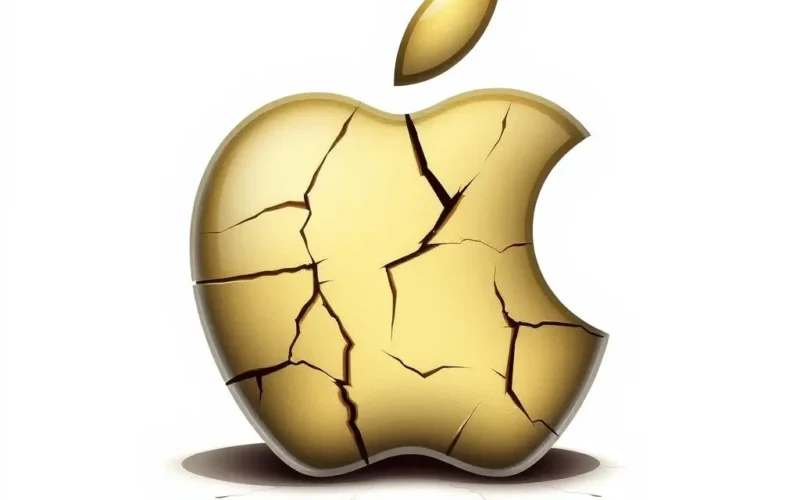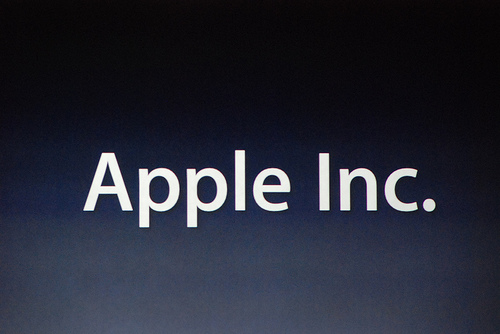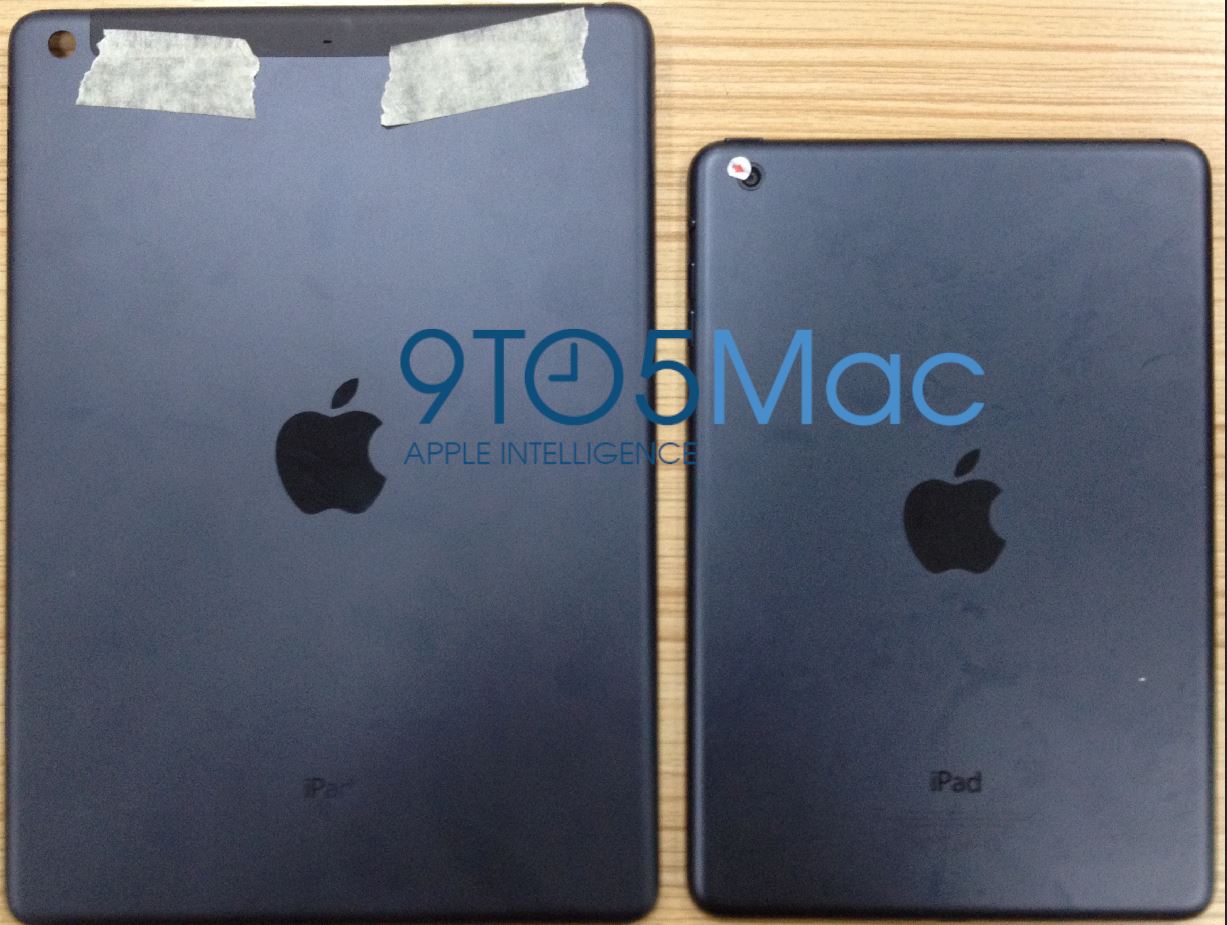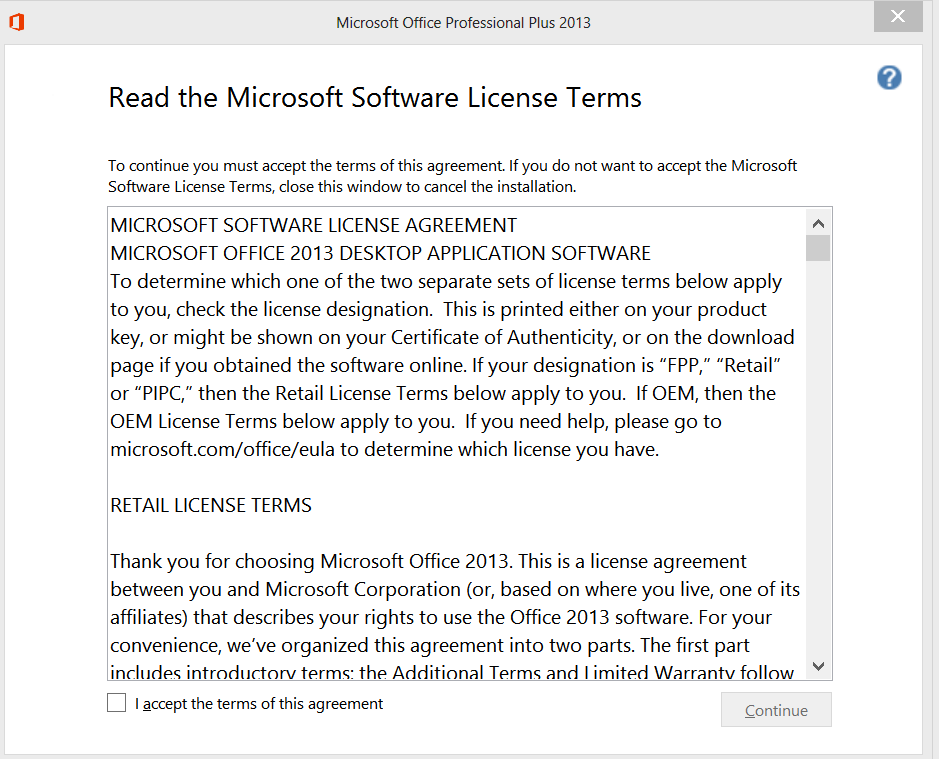Pause for a moment. Can you honestly imagine a world today where the sleek design of an iPhone or the creative power of a MacBook simply… didn’t exist? It’s almost unthinkable given Apple’s current status as a multi-trillion-dollar titan.
Yet, travel back with us to the late 1990s, specifically 1997. Apple Computer, Inc. was not the seemingly invincible force it is now. In fact, it was teetering on the brink, reportedly just about 90 days away from completely running out of cash and facing the very real possibility of bankruptcy. Seriously. The company that would one day dominate the personal tech landscape was in a death spiral.
It was a moment of deep crisis. Steve Jobs had just returned to the company he co-founded, but he walked into an absolute mess. The company was directionless, bleeding money, and drowning in a sea of confusing, underperforming products.
To give you a quick jolt of just how dramatic this period was, here’s a rapid-fire look back:
Pretty wild, right? From that close call to global domination. But how exactly did Apple pull off this Houdini act?
Table of Contents
The Dark Days: What Led Apple to the Brink?
The mid-90s were a rough patch for Apple. After Steve Jobs was forced out in 1985, the company struggled with leadership changes, strategic missteps, and a rapidly evolving tech market dominated by Microsoft Windows and Intel processors (the ‘Wintel’ duopoly).
- Lack of Clear Direction: Apple was releasing too many products, often competing with each other, confusing customers and draining resources. There was no single, compelling vision guiding the company.
- Technical Stagnation: While the Mac OS had its loyal fans, the underlying architecture was aging. Efforts to modernize it were costly and delayed (like the Copland project).
- Falling Market Share: PCs running Windows were cheaper and increasingly capable, eating away at Apple’s market share, especially in the enterprise and mainstream consumer markets.
- Financial Woes: Declining sales, high operating costs, and failed projects led to significant financial losses, pushing the company towards insolvency.
By 1996-1997, the situation was critical. The company was burning through its cash reserves at an alarming rate. Experts and the media openly speculated about Apple’s imminent demise or acquisition.
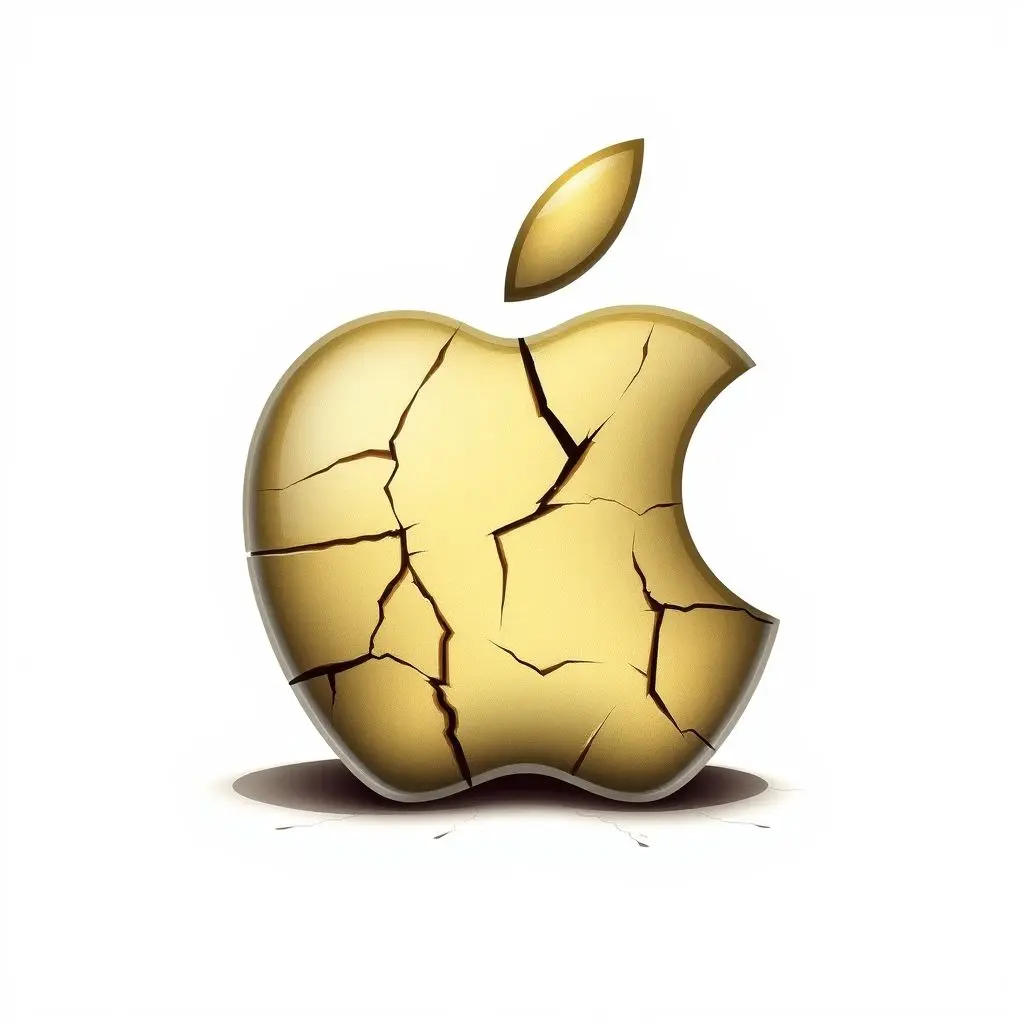
Steve Jobs’ Return and the Harsh Reality
Steve Jobs returned to Apple in December 1996 when the company acquired NeXT, his software company, primarily for its NeXTSTEP operating system which was intended to become the foundation for a new generation of Mac software. Initially an advisor, Jobs quickly consolidated power and became interim CEO in September 1997.
What he found was worse than many outsiders knew. The company was a mess of internal politics, unfocused product lines, and a demoralized workforce. His immediate task was not just to build new products, but to save the company from disappearing entirely.
Jobs began making swift, often brutal, decisions. He cut numerous projects, including Newton and OpenDoc, and streamlined the product line drastically. He needed to stop the bleeding and inject a sense of urgency and focus.
The Unlikely Savior: A $150 Million Lifeline from Microsoft
This is perhaps the most surprising twist in the story. At the Macworld Expo in August 1997, Steve Jobs announced a partnership with none other than Microsoft, Apple’s fiercest rival.
The deal had several key components:
- Microsoft Investment: Microsoft invested $150 million in Apple in the form of non-voting stock. This provided a much-needed cash infusion at a critical time.
- Patent Cross-Licensing: The companies agreed to cross-license patents, ending a long-standing legal dispute where Apple accused Microsoft of copying the Mac OS look and feel.
- Microsoft Office for Mac: Microsoft committed to developing and releasing future versions of its highly popular Office suite for the Mac platform for the next five years. This was crucial, as Office was (and is) a staple for many users, and its absence or stagnation on the Mac would have further eroded Apple’s platform viability.
- Internet Explorer Default Browser: Apple agreed to make Internet Explorer the default web browser on Macs (though users could still install Netscape or others). This was a win for Microsoft in the browser wars against Netscape.
The announcement was met with mixed reactions. Some Apple loyalists were furious, seeing it as a deal with the devil. Bill Gates appeared via satellite link on a large screen, which was reportedly booed by some in the audience. Jobs, however, framed it pragmatically: “We need to let go of the idea that for Apple to win, Microsoft has to lose.” He emphasized the need for Apple to be healthy, and this deal was a vital step.

Why Would Microsoft Do This?
While seemingly counter-intuitive, the investment benefited Microsoft too:
- Antitrust Scrutiny: Microsoft was facing significant antitrust investigations from the U.S. government (which would later lead to a major lawsuit). Investing in Apple and ensuring its survival helped Microsoft argue that there was still competition in the operating system market, weakening the argument that Windows was a total monopoly.
- Office Revenue: The Mac platform, while small, represented a profitable market for Microsoft Office. Ensuring the platform’s health protected that revenue stream.
- Strategic Positioning: Keeping a rival, even a struggling one, alive could potentially complicate things for other emerging threats or strategic plays in the tech landscape.
Regardless of the motivations, the $150 million was more than just money; it was a vote of confidence that bought Apple time and stability.
The Birth of the iMac: Design as Salvation
With the financial lifeline secured and the product lines simplified, Jobs and his team, including design guru Jony Ive, focused on what Apple could do best: create innovative, user-friendly products with compelling design.
The result was the iMac G3, unveiled in May 1998. It was unlike any computer the world had seen before.
- Design: Encased in translucent, Bondi blue plastic (later came in multiple ‘flavors’), the all-in-one design was a radical departure from the beige boxes dominating the market. It looked friendly, approachable, and cool.
- Focus: It was designed specifically for the internet era (the ‘i’ stood for internet), famously dropping the floppy disk drive in favor of USB ports and Ethernet.
- Marketing: The marketing campaign, spearheaded by the ‘Think Different’ slogan, repositioned Apple not just as a computer company, but as a brand for creative, independent thinkers.
![]()
The iMac was a smash hit. People bought it not just because they needed a computer, but because they wanted an iMac. It wasn’t just a piece of technology; it was a cultural statement. Its success injected much-needed revenue, confidence, and buzz back into Apple.
From Abyss to Ascendancy
The Microsoft investment and the success of the iMac G3 were pivotal moments, but they weren’t magic fixes. Apple still had a long way to go. However, they provided the crucial breathing room and proof that Apple could still innovate and connect with consumers.
Jobs continued to refine Apple’s strategy: focus on a few great products (initially a simple matrix of desktop/portable for pro/consumer), control the entire user experience (hardware and software), and emphasize design and ease of use.
The subsequent years saw the release of more successful products built on this foundation: the iBook, the Power Mac G4, and eventually, the iPod, which would revolutionize portable music players and pave the way for the iPhone and Apple’s transformation into the consumer electronics and services giant we know today.
The story of Apple’s near-bankruptcy in 1997 and its subsequent comeback is one of the most dramatic turnaround stories in business history. It highlights the importance of leadership, focus, innovation, and sometimes, receiving a helping hand from the most unexpected places.
FAQs About Apple’s Near-Bankruptcy
Q: How close was Apple really to bankruptcy in 1997?
A: Reports from the time and accounts from insiders suggest Apple was critically low on cash. Steve Jobs himself stated they were “within 90 days of bankruptcy.” While the exact number is hard to verify externally, the financial situation was dire enough that bankruptcy was a very real and near-term threat.
Q: Why did Microsoft invest in their rival Apple?
A: The primary reasons were strategic. Microsoft was facing intense antitrust scrutiny and investing in Apple helped demonstrate there was competition in the OS market. Additionally, securing the development of Microsoft Office for Mac was important for Microsoft’s software revenue and kept a key platform for Office alive.
Q: Did the Microsoft investment alone save Apple?
A: No, while the $150 million cash infusion was a crucial lifeline that bought Apple time, it wasn’t the sole factor. Steve Jobs’ leadership, his strategic decisions to streamline the company, focus on core products, and the subsequent innovative and highly successful products like the iMac were equally, if not more, critical to Apple’s long-term survival and eventual success.
Q: What was the first major product released after the turnaround began?
A: The most significant product widely credited with kicking off Apple’s recovery phase after Jobs’ return and the Microsoft investment was the iMac G3, released in August 1998.
Q: Is it true that Apple copied Microsoft’s Windows?
A: Apple and Microsoft had a long-standing legal dispute over the graphical user interface (GUI). Apple sued Microsoft claiming Windows copied elements of the Mac OS ‘look and feel’. The 1997 agreement included a cross-licensing of patents that effectively settled these ongoing disputes.
More Than Just a Tech Story
The tale of Apple’s near-collapse and spectacular rise isn’t just for tech enthusiasts. It’s a powerful business case study on leadership, crisis management, innovation, and the ability to completely redefine a company’s trajectory. From the verge of oblivion to becoming the world’s most valuable company, Apple’s journey is a testament to the power of vision and resilience.
